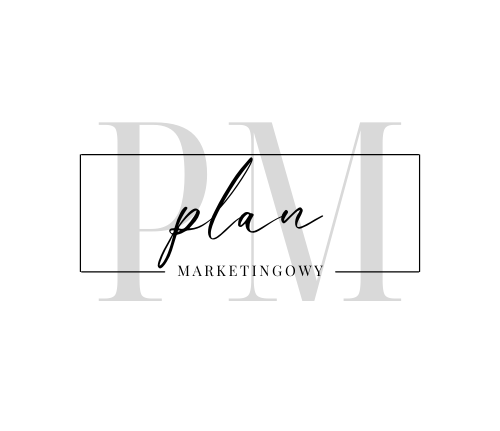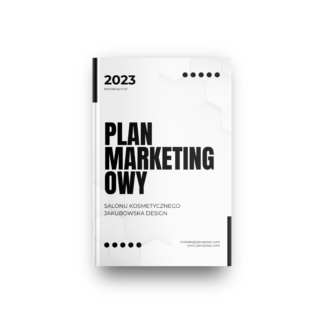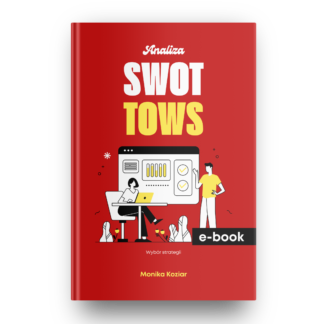
When referring to the product, it is about tactical program corresponding to one of the elements of the marketing mix. The product is the most important element of the “marketing composition” (the so-called marketing mix). The product is all that you can offer a customer to buy, use, consume, in order to satisfy his/her needs or wishes. It should be shown in terms of customer’s benefits, i.e. what he needs your product for. Remember that if he wants to drive from point A to point B, it does not necessarily mean that he would buy a car.
It is worth noticing that the product can be not only a physical one but also a service .However, the service in comparison to the physical product has one important limitation. It consists in the fact that it cannot be stored, tabled for later use. However, it is still something that you can just offer your customers as a “product” that will give them the benefit they are looking for.
The product is the company’s offer on the market, including the characteristics of the properties (Nowotny 1993: 69-70):
- physical product,
- its quality,
- scale of product,
- package,
- quantitative units,
- name,
- necessary services,
- guarantee,
- service,
- returns.
Sometimes you can have to do with the term “product category management”. This is done by managing a group of products that are focused on one specific customers’ need.
There is a misconception that for the customer the most important is a single product itself, its price and functionality. Meanwhile, equally important for the client can be for example: handling, guarantees, reputation of the company or other users’ opinions.
Therefore another important part of the product is to clarify what added value it offers the customer. There are two ways of creating value for the customer: to increase the benefits that it reaches in relation to the cost and to reduce the cost of the customer with respect to the derived advantages.
What counts for the customer is a brand that is associated with the name, design, logo identifying the product. These elements allow to distinguish against the competition. Brand helps the client express himself, define the social group he belongs to. This results in that the product may be sold at a higher price, because customer feedback is more than just a product they are buying. It becomes an imagination, an emotion, a value. A good brand is therefore added value, but it can be lost along with the transformation of the branded product, (i.e. characterized by certain values) into mass-marketed goods. When a product turns into a commodity, the fact whether customer buys it from you or from the competition will be of no importance to him.
For the formulation of product strategy the following two issues are very important: positioning of product and product life-cycle. The first refers to the place of the product on the market in terms of competition. Firms consciously build a certain image of the offer, which allows them to differentiate. In order to do it effectively, you must know how the product is perceived by buyers, what its qualities they recognize and value.
This can be evaluated by using perceptual maps (see Fig. 2). They look like a coordinate system where the evaluation according to established criteria takes place on the axes. Thanks to that you will learn how the individual brands are perceived and how they stand out. You can, for example, ask customers to evaluate the product (on a scale of 1 to 5) sold by different companies by filling a table:
| Brand | Evaluation criteria | |
|---|---|---|
| Product of company X | ||
| Product of company Y | ||
| Product of company Z | ||
Then count the results put them on the map of perception:

In turn, the product life-cycle specifies the regularity, which the product in the course of its existence is a subject to. This theory says that the product passes through four stages of development: introduction (low sale, little interest), growth (increasing sales), maturity (the size of sales is maintained at a high level), decline (decreasing sales).
Polecany poradnik - zawiera wzory i przykłady
Zobacz spis treści (PDF)
Jak szybko napisać plan marketingowy (EBOOK)





